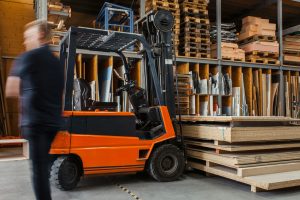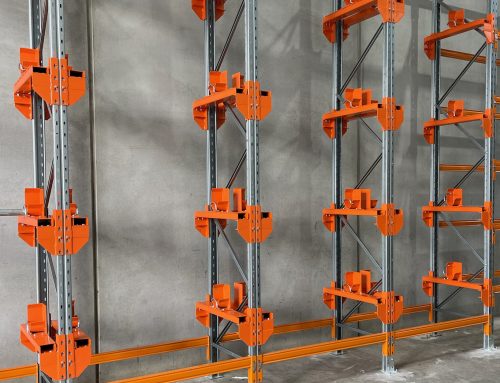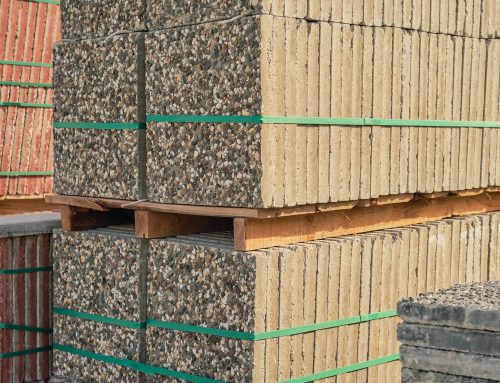Maximising the space in your warehouse is essential. But are you using the most effective racking system in your warehouse? And, if you’re running out of room and need to rethink your storage methods, what can you do? That’s where our warehouse racking systems come in, and here are our systems so that you can choose which will serve your business the best.
Selective Pallet Racking
Selective pallet racking is perfect if you only have a few pallets that you need to get off the floor but you’re short on space. This form of racking is one pallet deep, which makes it easy when you’ve got to do a lot of inventory control or stock checks. The great thing about this racking system is that it’s easy to put together and adjust if needed, and you can customise the size and the volume of the rack to suit your needs. While the warehouse utilisation is lower than some other systems, there are so many benefits of this racking because it’s one of the more versatile options that we offer because warehouse operators are able to access any pallet without the need to move stock around too much.
Cantilever Racking
If you’re looking for something to support long or oversized products like piping, timber or carpets, then the Cantilever racking might just be the racking system you’re looking for. They’re customisable, so you can pick the number of sarms, the spacing between them, the length and also the weight capacity too. This is especially useful if you have a specific-sized product that you need to store regularly. The Cantilever is also great when you need to maximise floor space, and they come in a range of options; single row, double row, or even placed against the wall. What’s great about this type of warehouse racking is that it’s extremely strong and durable, making it safe to store even the heaviest of objects.
Drive-In Racking
Inventory can soon mount up, and if you need to increase the storage density in your warehouse, then Drive-In racking is an option to consider. It works by using the first-in, last-out (FILO) method, so you’ll need to have some sort of system when it comes to storing your inventory, especially if there are certain products you need to access on a regular basis. However, it can increase the available space for storage by up to 90% compared to other warehouse racking systems because it uses height as well as floor space to increase how much can be stored. Your load units will be stored one behind the other on each level between two continuous beams. They can be as deep or wide as your stock dictates, making it a brilliant way to maximise space in your warehouse.
Cable Racking
If you’ve found yourself struggling to store drums of coiled products like rope, cords, or even chains, then Cable racking is another warehouse racking system to take into consideration. For drums on the lighter side, we’d usually install a hollow pipe with a nominal bore size as that will be more than enough to support the load. However, if you have a lot of heavy drums (over 800kgs) then we’d recommend a solid pipe or bar to make sure it’s safely installed. With quality steel used in every application and complete flexibility depending on your business needs, Cable racking is yet another great way of maximising the space in your warehouse.
Long Span Shelving
Perhaps one of the more common and popular types of warehouse racking systems is our Long Span shelving. They’re really easy to use and adjust, and can be moved to different areas (unloaded) of your warehouse if needed. Not only that, but the slotted uprights are sturdy enough to hold shelves at any given height. So, if you’ve got a particularly tall item to store, this is a fantastic solution to consider. They’re also perfect for storing long or bulky items, and each shelf can manage a load of up to 780 kg.
This type of racking system is used in many industries such as supermarkets, pharmacies, auto repairs, hospitals, and even libraries. And, it doesn’t matter what you need to store on them either, as long as each shelf is under the weight limit we mentioned earlier. It is recommended to use galvanised steel shelf panels if your warehouse is a damp or moist environment, but even the chipboard we do use is FSC certified chipboard wood.





